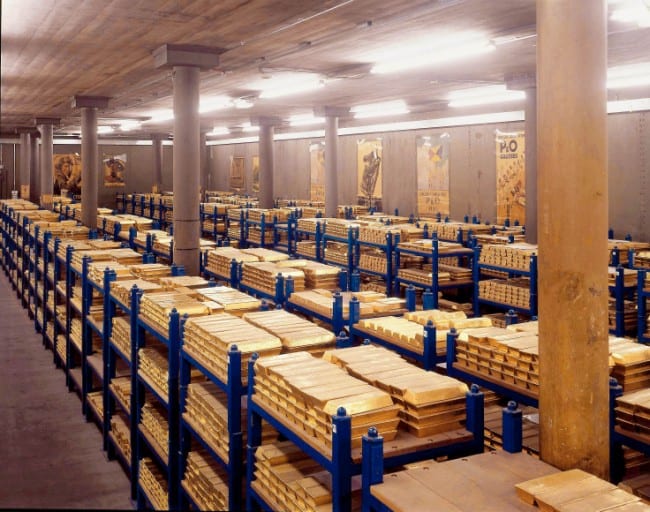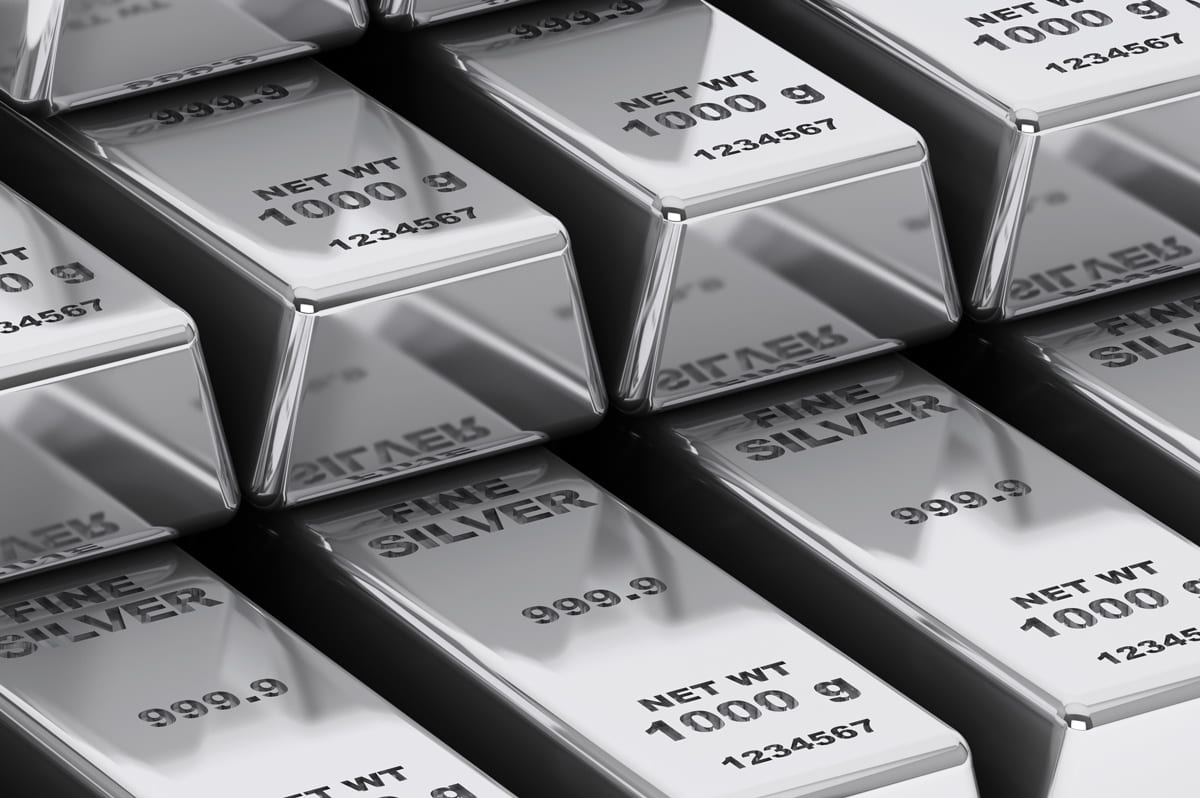Last week, we skipped our discussions on mining feasibilities because I wanted to bring your immediate attention to the incredible opportunity that was slowly, yet rapidly, beginning to show itself: the falling of the US dollar and the rise in gold prices.
The urgency in the release of last week’s newsletter could not have come at a better time for our readers:
Gold hit an all-time high this past week, just shy of $1100
That’s why this weekend we are changing our schedule yet again to bring you our Featured Gold Company of the Year (to be emailed over the weekend) that can no longer wait. More on that in a bit.
In the past few weeks and months, there have been several stories in the news that indicate that this gold run is not over. (We’re not the only ones who think so…just take a look at all of the videos in this Week’s Most Wanted Gold on the right hand side.)
First off, Barrick Gold (TSX:ABX)(NYSE: ABX), the largest gold company in the world, decided to close out their hedge book positions. By doing so, they had to unveil plans for a massive equity issue for as much as $4 billion that will be used to largely eliminate its 9.5-million-ounce hedge position.
The rationale behind this is simple: As the price of gold goes up, the cost of Barrick’s hedge book liability goes up.
That’s a clear indication to us that Barrick thinks the price of gold will continue its climb.
Secondly, we are all very aware of the mass amounts of money that the US is printing. It’s no longer a surprise that in a few years, we should be bracing ourselves for a sharp rise in inflation.
So let’s turn our attention to a force so powerful that it has the ability to raise the price of gold itself: China.
We all know China has been buying up every little bit of gold they can get their hands on, exchanging much of its foreign exchange reserves for it. This past April, Chinese officials made a surprise announcement that they had been secretly buying gold since 2003, in attempts to increase their gold reserves. And they are being extremely aggressive in this accumulation.
China now own 30 times the gold it held in 1990.
China became the largest gold producer in the world last year. Their gold production continues to rise and many expect that the Chinese demand for gold will surpass that of India’s, meaning they’ll also become the world’s largest retail buyer of gold.
But no matter how much they buy or produce, it won’t be enough.
China may be the 6th largest holder of gold (input standings), but gold accounts for only a tiny fraction of its foreign reserve holdings at 1.9% (as of September 2009). Compare that number with the US, Italy, Germany, and France (the largest holders of gold by country), which all have gold reserves of over 60%, it falls dismally short.

But don’t mistake that number for weakness.
China has more than enough money to buy gold and you can bet that as their reserves continue to grow, they will continue to increase its gold holdings.
Right now, more than 70% of China’s reserves are in US dollars and I bet that would be the first thing they sell to increase their gold reserves ratio. If they become aggressive and sell the US dollar in exchange for gold, this will undoubtedly drive the price of gold up and the US dollar down.
But here’s the catch: Will the supply of gold keep up with its demand?
Last quarter, overall gold demand for investment increased 46%, while investments in gold ETFs and similar products increased a stunning 1,315%, as investors sought shelter from a declining U.S. dollar.
Investment demand is expected to continue to increase again by as much as 60% this year. And while this growing demand will continue to be met in part with recycled material and official sector sales, the bulk of the gold will have to come from mine production, or producer de-hedging.
But there’s a problem. . .
Gold miners are producing less and less gold every year. In fact, total world gold production has steadily decreased about 7% since 2003.

Big producers are struggling and rushing to increase production as demand for gold continues to climb. But there is no way they can keep up with the demand.
In 2008, falling prices and access to new capital for were practically non-existent – especially for junior resource companies.
So far, preliminary estimates indicate that market wide exploration budgets for expenditures related to precious and base metals, diamonds, uranium, and some industrial minerals will fall again this year by around 40%. Junior mining companies are expected to account for the largest share of the overall decline.
Unless you are a major large cap resource company, the ability to raise capital (unless you have a phenomenal project or mining prospect), is extremely difficult.
The overall cuts in exploration budgets will help to continue the trend of declining total world gold production. This, in turn, will lead to higher demand without the supply to back it up, sending gold prices even higher in the future.
Of course, at this rate, gold could very easily experience a strong pull back, as is expected along with the general markets. Uncertainty in the short- to mid-term make it very difficult to accurately forecast how exploration budgets will be affected going forward.
But we can be confident that inflation combined with a lack of supply should most certainly send gold prices higher in long-term.
There are many ways to play this gold boom over the next 2-3 years.
You can buy bullion. You can buy ETF’s. You can buy large cap gold producers.
But our favourite way to play this boom is through gold resource juniors.
As we discussed in last week’s newsletter, these juniors have the capacity to indirectly take advantage of climbing commodity prices. They have the ability, at any given moment, to give you a significant return on your investment – more so than buying bullion or ETF’s themselves.
When adding a junior to your gold portfolio, it’s important to find a company that has a project and the management team with the ability to make it happen. You also need to find one that is not only well-financed, but has the ability and the agreements in place to raise more capital if need be.
With inflation expected to hit hard within the next few years, look for juniors with a project that has the potential to go into small scale production within this time frame.












